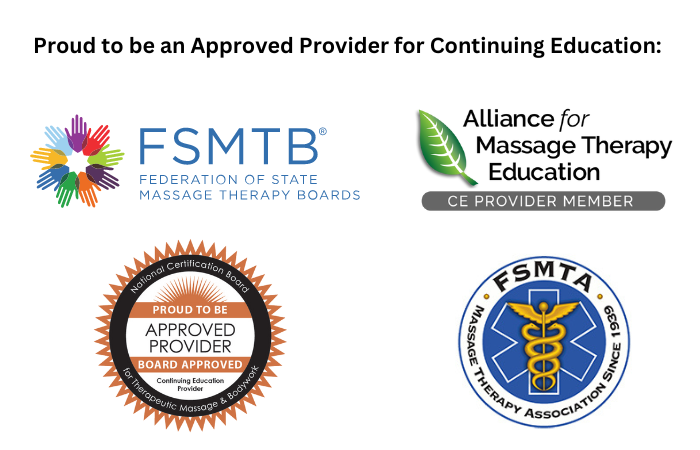
Ankle Sprain or Peroneal Nerve Pain?
Peroneal Nerve Mobilization Tightness is one way the brain applies the parking brake when the body’s natural braking systems fail — and pain is another.

Peroneal Nerve Mobilization Tightness is one way the brain applies the parking brake when the body’s natural braking systems fail — and pain is another.

What can manual and movement therapists do to treat neck cricks caused by facet jamming and nerve root impingement? In many cases, protective muscle spasm can be reduced through application of specific soft-tissue decompression and mobilization maneuvers that help restore “joint play” and facilitate…

What’s the first thing that comes to mind when a client presents with low-back pain? Muscle spasm, nerve impingement, osteoarthritis, or maybe a disc problem? In my experience, therapists rarely link the femoroacetabular joint to back disorders, even though several studies have found a strong correlation between fixated hips and lumbar spine pathology.

Our brains are very much like sponges. They are malleable and constantly adapting to peripheral input by strengthening existing neural connections and networks, a process called long-term potentiation (LTP).

The famed Czech researcher Dr. Karel Lewit states: “Respiration is our primary and most important movement pattern… and also the most dysfunctional.”

Clinical reasoning for an evidence-informed practice Each of us has a toolbox packed with assessments and techniques for treating clients with various pain complaints. Using

Manual therapists routinely use bones as levers to reduce tension and protective spasm in hypertonic muscles. For example, the femur and humerus are excellent tools for stretching tight hip and shoulder girdle muscles, and we commonly rotate and sidebend a client’s head to relieve neck tension.

Recent studies highlight the efficacy of Pain Neuroscience Education (PNE) in understanding and managing pain. But can PNE and manual therapy coexist? Dive deep into the positive impacts of touch therapy on our hormonal system and the innate bond that starts between a mother and child. Discover how touch can be a powerful tool in regulating our body’s homeostasis and how it can influence our hormones for better health and well-being.

A “crick in the neck” is a common complaint among clients seeking manual therapy. This informal umbrella term can refer to symptoms that range from general cervical stiffness to complete immobility and unrelenting pain. When assessing cricks…

Pelvic floor muscles such as levator ani, coccygeus and obturator internus attach to the front, back and sides of the pelvis and sacrum and form the bottom of the core. These muscles must be able to contract to maintain continence, and to relax allowing for urination and bowel movements, and in women, sexual intercourse.
Free subscription to the Technique Tuesday newsletter. Sign up to receive an in-depth article and technique video in your inbox every Tuesday.
